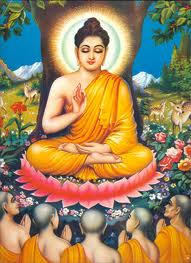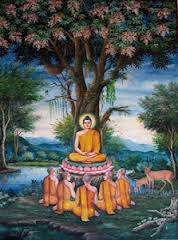 Abhidhamma is the third great division of the Piṭaka. It is a huge collection of systematically arranged, tabulated and classified doctrines of the Buddha, representing the quintessence of this teaching. Abhidhamma means higher teaching or special teaching; it is unique in its analytical approach, immensity of scope and support for one’s liberation.
Abhidhamma is the third great division of the Piṭaka. It is a huge collection of systematically arranged, tabulated and classified doctrines of the Buddha, representing the quintessence of this teaching. Abhidhamma means higher teaching or special teaching; it is unique in its analytical approach, immensity of scope and support for one’s liberation.
The Buddha Dhamma has only one taste, the taste of liberation. But in Suttanta discourses, the Buddha takes into consideration the intellectual level of his audience, and their attainment in pāramīs. He therefore teaches the Dhamma in conventional terms (vohāra vacana), making references to persons and objects as I, we, he, she, man, woman, cow, tree, etc. But in Abhidhamma the Buddha makes no such concessions; he treats the Dhamma entirely in terms of the ultimate reality (paramattha sacca). He analyses every phenomenon into its ultimate constituents. All relative concepts such as man, mountain, etc., are reduced to their ultimate elements which are then precisely defined, classified and systematically arranged. Continue reading














Recent Comments